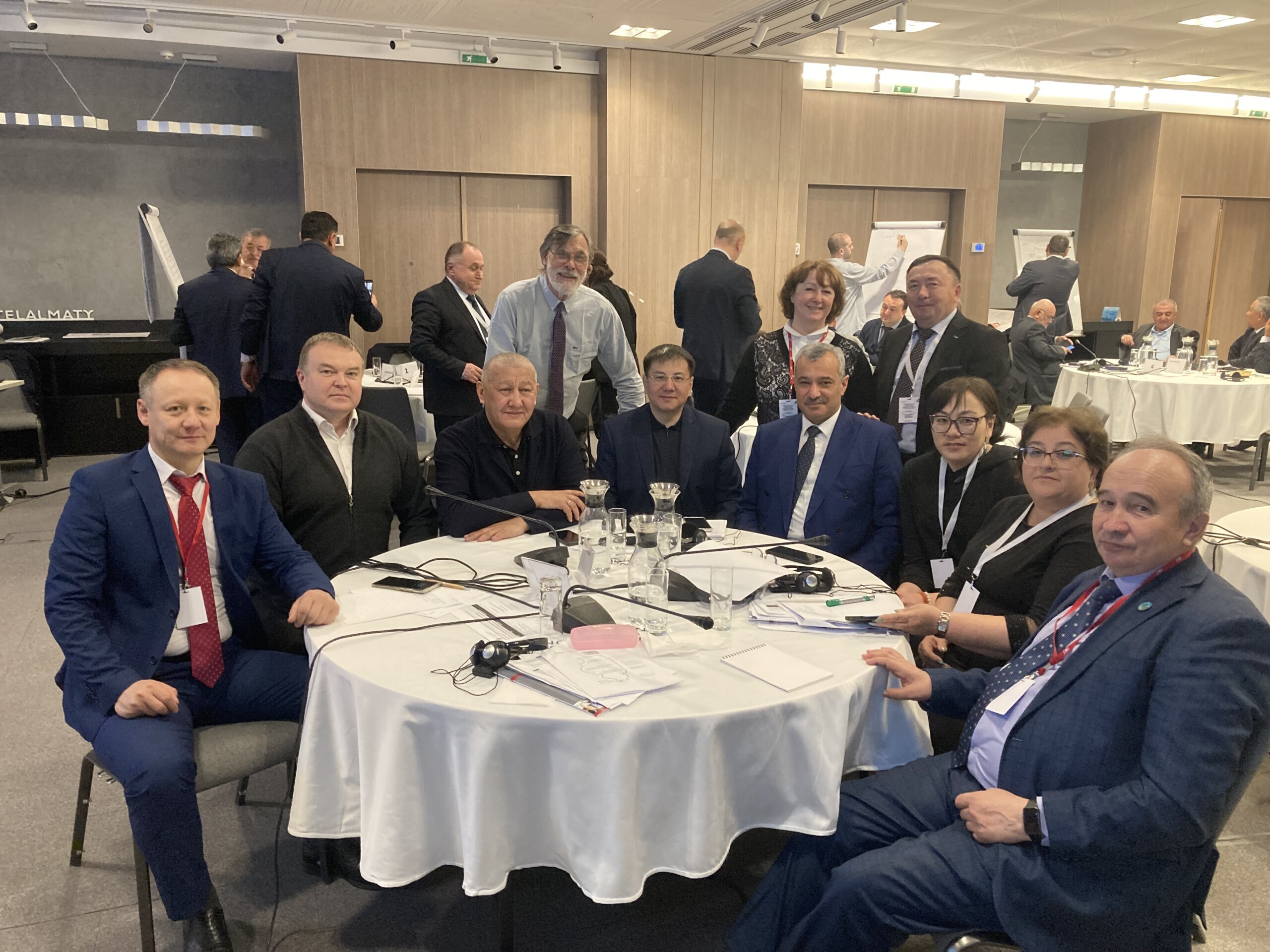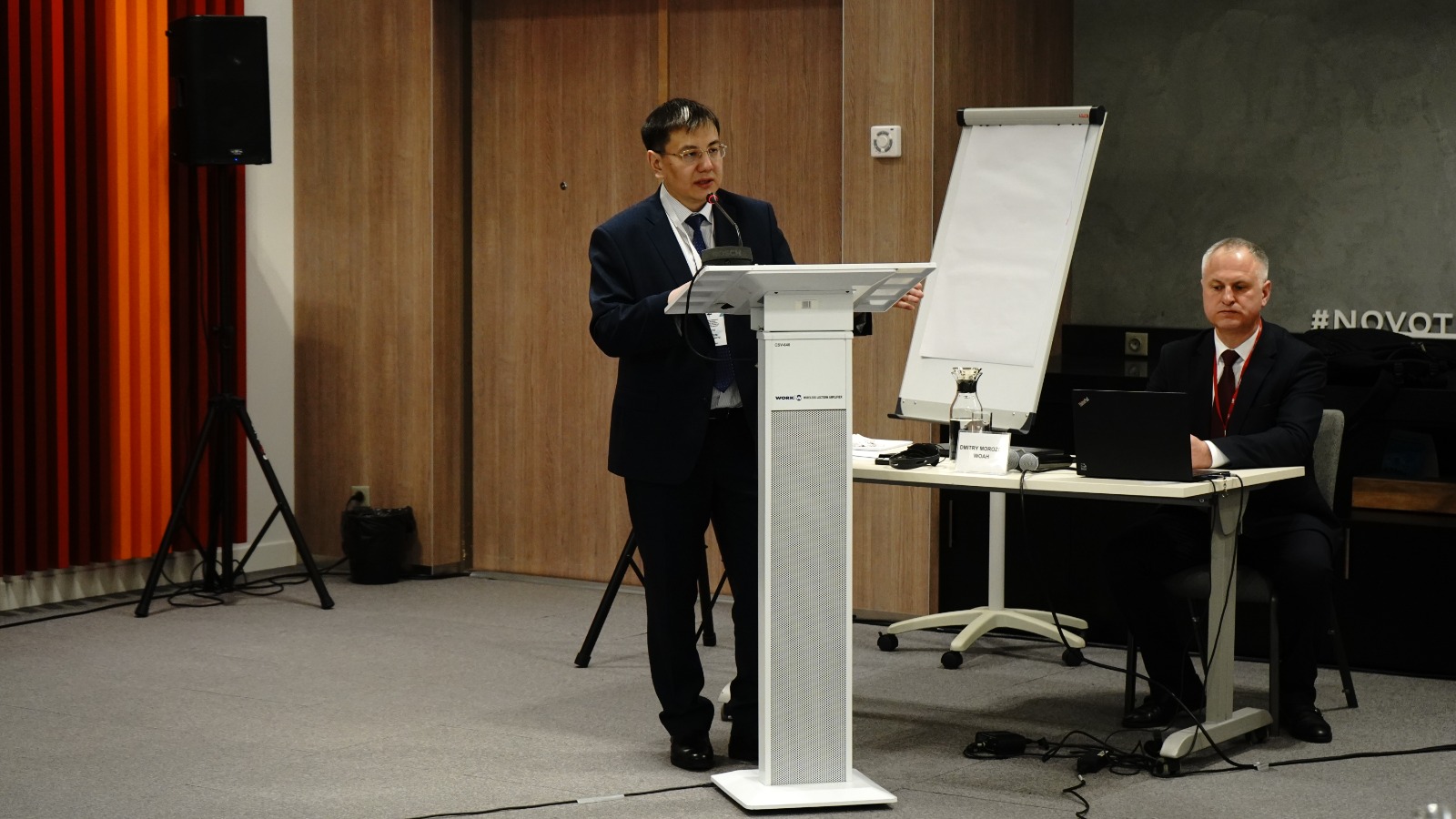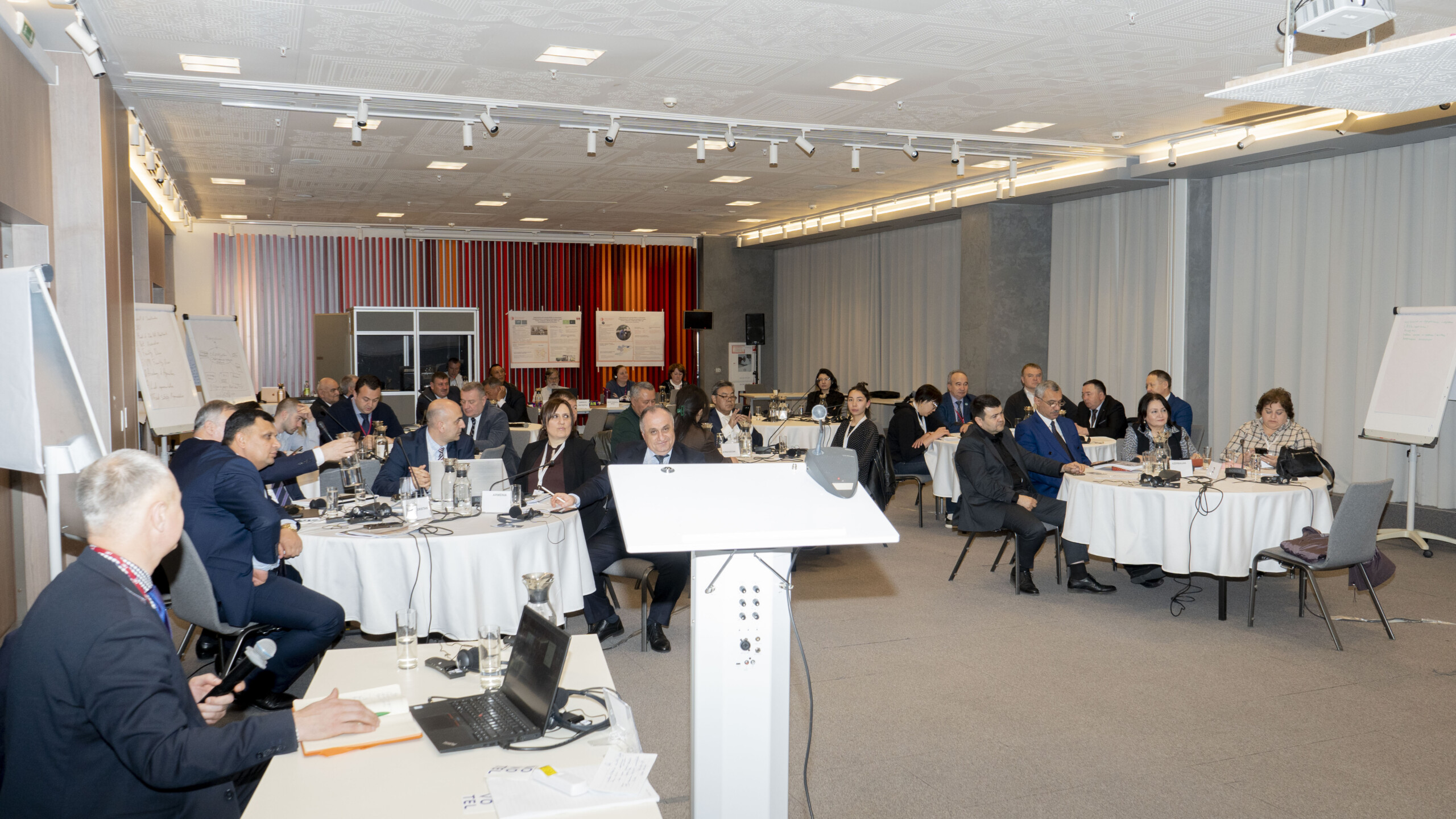On March 28-30, 2023, the World Organisation for Animal Health (WOAH) convened a Sub-regional workshop for the countries of Central Asia and the Caucasus in Almaty, Kazakhstan with the aim to raise awareness of the importance of understanding workforce needs among Members and increase their interest in developing adequate and appropriate staffing.
The scope of the workshop included a deep dive into the enabling factors for the effective deployment of different types of personnel in the workforce. This included a review of steps for workforce assessment and planning, a state of play of the regional context, and a review of WOAH capacity-building activities available to Members, such as veterinary paraprofessionals (VPPs) curricula support missions, Veterinary legislation support, and support on public-private partnerships.
The workshop was held face-to-face with thematic presentations, poster sessions, group exercises, and plenary Q&A discussions. It included such topics as veterinary legislation and regulation, training of VPPs (commonly known as veterinary technicians), continuing education, workforce assessment and planning, and employment of VPPs in veterinary services.
The event was attended by 33 participants from 7 countries (Azerbaijan, Armenia, Georgia, Kazakhstan, Kyrgyzstan, Tajikistan, and Uzbekistan), 2 independent WOAH Performance of Veterinary Services (PVS) Pathway experts, 6 WOAH staff from different offices, and an observer from USAID. Participants included representatives of veterinary competent authorities, veterinary statutory bodies, veterinary associations, university rectors and deans of faculties of veterinary medicine, directors of colleges training para-veterinarians, and one VPP from a laboratory.
The Vice-Minister of Agriculture of Kazakhstan opened the event with an introduction speech and demonstrated the strategy for veterinary medicine and livestock development in the country. The official reception was held afterward. The Head of the Veterinary Services of Kazakhstan and the WOAH Delegate from Kazakhstan were present to open the workshop.
The status and work of veterinary paraprofessionals vary widely in the region.
This was clarified through a specially designed survey conducted before the workshop. The results were presented as part of the event in the form of a report on the region, as well as a poster gallery, where participants were able to get acquainted with data from other countries and find common and distinctive characteristics and possible solutions to common challenges.
As it turned out, there are countries where VPPs are not permitted to work in the public sector but only in the private sector. In some countries, they may continue education or advanced training and in other countries, there are few opportunities for career development. In some cases, governments offer financial support for new graduates and encourage the promotion of women in veterinary services.
Almost all participants emphasized the lack of clear job descriptions for veterinary paraprofessionals and the need to resolve it. There is a wide variation in the duration of training and qualifications obtained. Overall, there was a general agreement that low wages reduce the attractiveness of VPP work.
An interesting example for discussion was the fact that a recent graduate should serve in the army, and then under what conditions should he come back to veterinary practice after a long break. Having a veterinary statutory body would be a possible solution to regulate such a problem.
Participants had a lot of questions and interest to learn about other veterinary service models, in particular on the duration of training for both veterinarians and VPPs, professional development and prerogatives that VPPs may have in the EU and the USA, as well as on the Veterinary Statutory Body (VSB). For example, what are the criteria for the effectiveness of the VSB, for how long a registration or license is given to a specialist, how to calculate the amount of membership fees, where to begin the development of VSB, was there any resistance from the private sector in countries during VSB creation, etc.
Among participating countries only Kyrgyzstan currently has a functioning Veterinary Statutory Body – a Veterinary Chamber and the VSB representative shared information in a presentation which raised a lot of questions from other participants.
A representative of Georgia’s Competent Authority demonstrated their experience of interaction with WOAH including the recent implementation of a VPP Curricula Analysis mission to evaluate the training programmes for VPPs, and the Veterinary Legislation Support Programme on the reform of veterinary legislation.
Uzbekistan shared its experience in implementing a WOAH VEE twinning programme between the Samarkand University of Veterinary Medicine, Biotechnology and Animal Husbandry Development and the University of Minnesota, USA.
A particularly interesting experience was the simulation exercise on the imaginary country “Shoatlandia” when the participants had to assess the current veterinary workforce situation, identify gaps and find a solution for workforce planning in order to more effectively carry out veterinary activities in different geographical territories. The task allowed a comprehensive solution affecting changes in legislation, regulation of the profession, the delegation of authority to para-veterinarians, interaction between the public and private sectors, as well as issues of specialist education.
The event itself also served as a platform for bilateral meetings and consultations between WOAH staff, experts and country representatives.
At the end of the workshop, a representative from each country provided a brief presentation on the evaluation of the event and possible further actions in the countries on the assessment and planning of the veterinary workforce.
According to the observations of the WOAH team, experts and participants during the event there was an atmosphere of high involvement and interest for future workforce development activities and continued regional networking.


